Transcription Factor Assay
Background
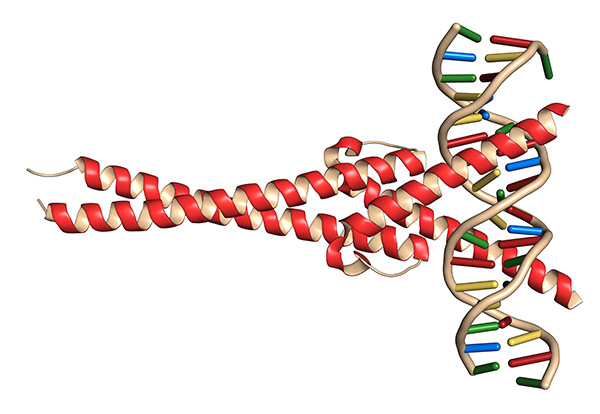
Transcription factors (TFs) are the gatekeepers of gene expression—regulating the transcription of DNA to mRNA by binding to specific promoter or enhancer regions. Their activity reflects cellular responses to stimuli, developmental cues, and disease states. Abnormal transcription factor regulation has been implicated in cancer, inflammation, metabolic disorders, and neurodegeneration, making them crucial biomarkers and therapeutic targets. Understanding which transcription factors are activated, when, and to what extent, provides powerful insights into signaling pathways and regulatory mechanisms.
At Creative BioMart, our Transcription Factor Assay Services provide highly sensitive, quantitative, and customizable platforms to evaluate transcription factor activity in various biological samples. Whether you're probing NF-κB activation in inflammation models or screening compounds that modulate p53, our suite of assays is designed to meet your needs with accuracy and efficiency.
We offer a range of detection methods—from DNA-binding ELISAs to luciferase reporter assays and multiplexed TF profiling—each optimized for reproducibility and sensitivity.
Applications
- Gene Regulation Studies: Transcription factor assays enable the identification and quantification of specific TF binding activities in response to physiological or experimental conditions. This facilitates the study of how transcriptional regulation governs gene expression under varying cellular states.
- Signal Transduction Pathway Analysis: TF assays are essential for mapping intracellular signaling cascades. Many signaling pathways culminate in the activation or repression of specific transcription factors; thus, measuring TF activity helps elucidate how extracellular stimuli influence gene expression.
- Drug Screening and Toxicology: These assays are used to evaluate the effects of pharmacological compounds or environmental agents on transcriptional activity. They aid in the identification of potential drug candidates that modulate TF activity and help assess compound-induced cytotoxicity or genotoxicity.
- Cancer and Disease Mechanism Research: Dysregulated transcription factor activity is associated with various pathological conditions, including cancer, autoimmune diseases, and neurodegenerative disorders. TF assays assist in characterizing such dysregulation, thereby providing insights into disease progression and potential therapeutic targets.
- Functional Genomics: In functional genomics, TF assays are employed to investigate the role of specific genes or genetic variants in transcriptional control. This includes studying promoter or enhancer elements and their interactions with TFs.
- Stem Cell and Developmental Biology: Transcription factors play pivotal roles in cell fate determination and differentiation. Assays targeting TF activity support the analysis of developmental processes and stem cell pluripotency or lineage commitment.
- Epigenetic and Chromatin Remodeling Studies: By combining TF assays with chromatin accessibility techniques, researchers can explore how epigenetic modifications affect transcription factor binding and gene regulation.
What We Offer?
|
DNA-Binding ELISA
|
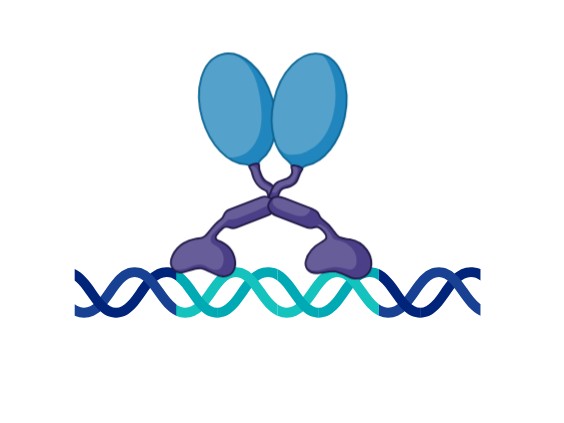 |
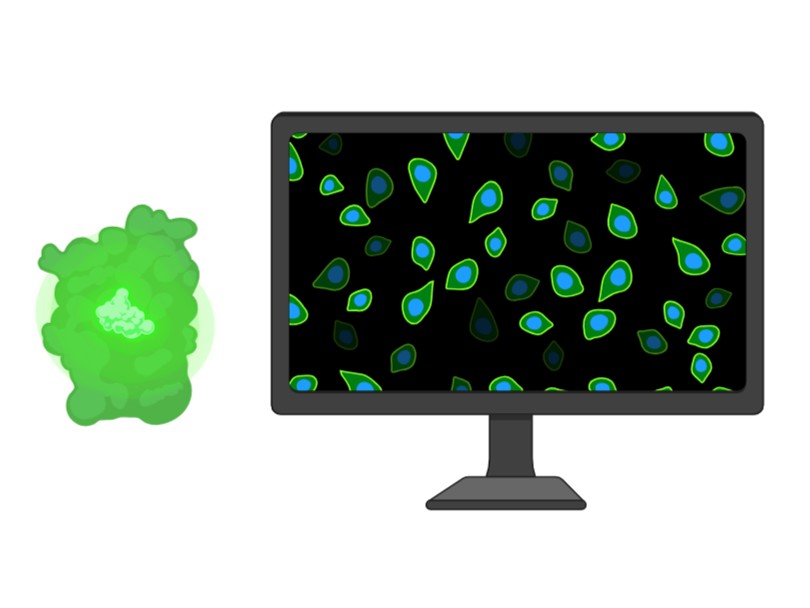 |
Luciferase Reporter Assay
|
|
Multiplex Transcription Factor Arrays
|
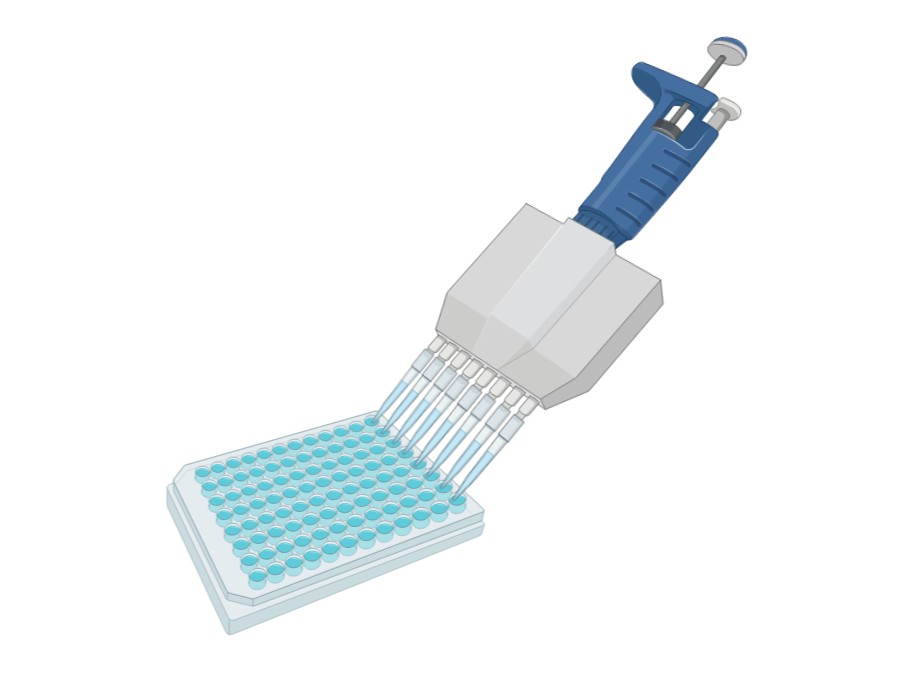 |
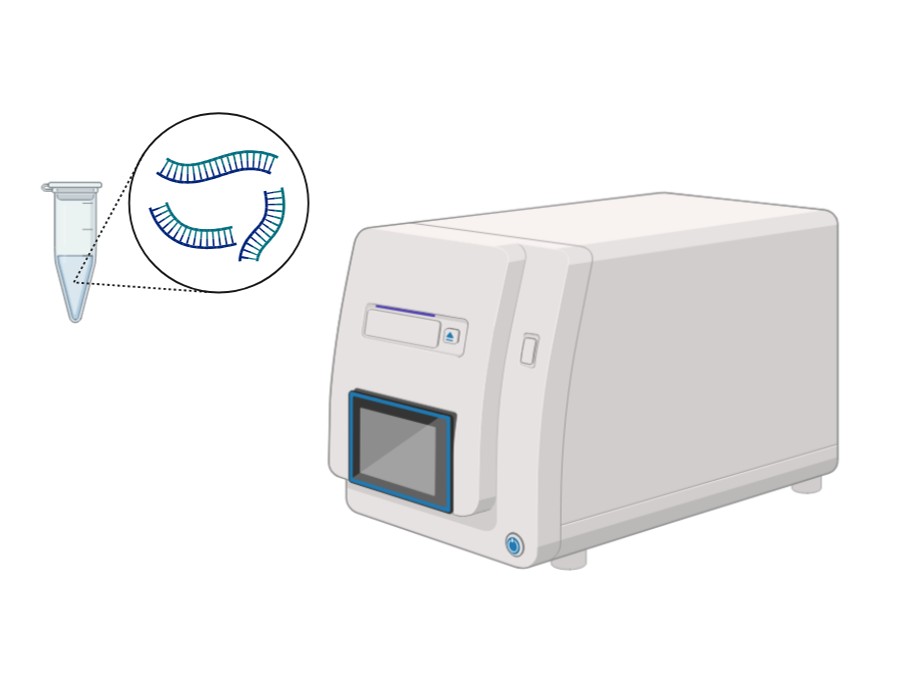 |
ChIP-qPCR/ChIP-Seq
|
Why Choose Us?
- Expert Customization: Tailored protocols to suit your cell line, stimulus, or pathway of interest.
- High Sensitivity & Specificity: Validated antibodies and proprietary buffers minimize background.
- Flexible Sample Formats: Cells, nuclear extracts, tissue lysates—all accepted.
- Broad Target Coverage: Detect a wide array of transcription factors—from classic NF-κB and AP-1 to emerging regulators.
- Speed & Scalability: Rapid turnaround (as little as 5 days) with high-throughput capacity.
- Comprehensive Reporting: Data analysis includes normalization, statistical significance, and biological interpretation.
Case Study
* NOTE: We prioritize confidentiality to safeguard our clients’ technology and intellectual property. As an alternative, we present selected published research articles as representative case studies. For details on the assay services and products used in these studies, please refer to the relevant sections of the cited literature.
Case 1: MYB transcription factor MdMYB44 positively regulates fruit crispness
Yang et al., 2025. doi:10.1016/j.plaphy.2025.109936
This study identifies MdMYB44, a MYB transcription factor, as a key regulator of apple fruit crispness by directly activating the expression of MdMPE3, a gene encoding pectin methylesterase 3 (PME3). Through a series of molecular assays (Y1H, EMSA, ChIP-qPCR, and transient expression), researchers showed that MdMYB44 binds to the MdMPE3 promoter, enhancing its transcription. Since PME modifies pectin—a major component of the fruit cell wall—this regulatory pathway plays a critical role in maintaining cell structure and texture. The findings offer new insights into the molecular control of apple texture and crispness.
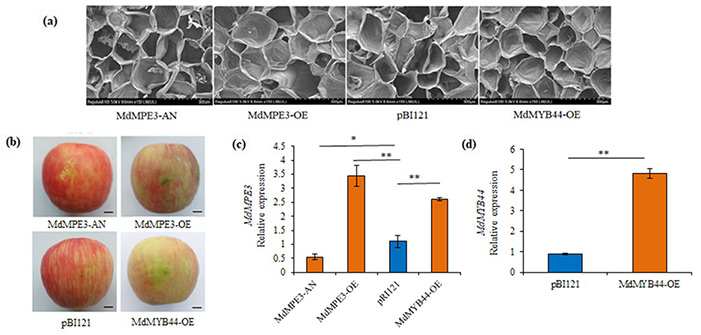
Figure 1. MdMYB44 and MdMPE3 positively regulate the brittleness of apple fruits. (a) Microstructure of fruit cell walls in pBI121, MdMPE3-AN, MdMPE3-OE and MdMYB44-OE lines. (b) Fruit phenotypes of pBI121, MdMPE3-AN, MdMPE-OE and MdMYB44-OE lines. (c) Expression levels of MdMPE3 in pBI121, MdMPE3-AN, MdMPE3-OE and MdMYB44-OE lines. (d) Expression levels of MdMYB44 in pBI121 and MdMYB44-OE lines. (Yang et al., 2025)
Case 2: Downregulation of a transcription factor associated with resistance to Bt toxin Vip3Aa in the invasive fall armyworm
Jin et al., 2023. doi:10.1073/pnas.2306932120
This study identifies downregulation of the transcription factor gene SfMyb as a key mechanism underlying resistance to the Bt vegetative insecticidal protein Vip3Aa in Spodoptera frugiperda (fall armyworm), a major global pest. Through genome-wide association, fine mapping, and RNA-Seq, researchers found that a resistant lab strain exhibited 206-fold resistance to Vip3Aa, linked to lower SfMyb expression due to promoter deletions. RNAi and CRISPR/Cas9 experiments confirmed that reduced SfMyb expression decreases susceptibility to Vip3Aa. These findings enhance understanding of the genetic basis of Bt resistance and provide crucial insights for proactively monitoring and managing pest resistance to Vip3Aa.
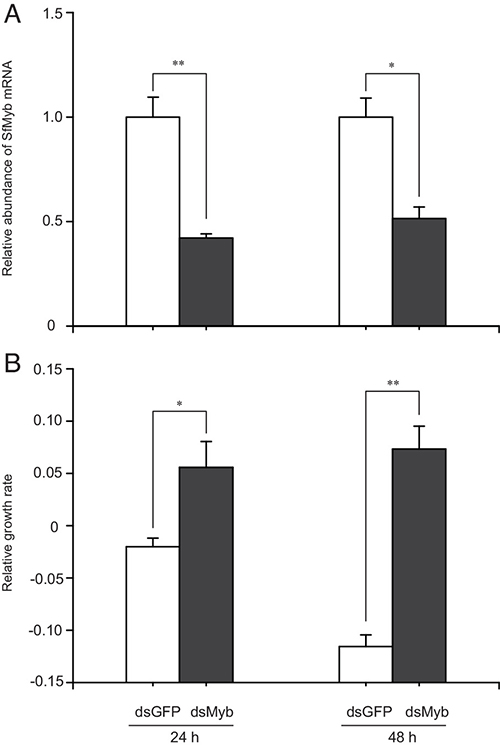
Figure 2. Susceptibility to Vip3Aa reduced by RNAi suppression of SfMyb expression. Third instar larvae of susceptible strain DH-S were reared for 24 or 48 h on diet containing Vip3Aa after injection with dsRNA of Myb (dsMyb) or GFP (dsGFP) as a control. (A) Relative abundance of SfMyb mRNA. (B) Relative growth rate. (Jin et al., 2023)
Customer Testimonials
-
“Creative BioMart’s transcription factor binding assays helped us pinpoint NF-κB activity changes in our inflammation pathway screen. Their custom optimization significantly improved signal-to-noise ratios, which gave us much cleaner data than we’d seen with previous providers.”
— Senior Scientist | Biotech Start-up Focusing on Immunology
-
“We relied on Creative BioMart’s transcription factor profiling service to evaluate the downstream impact of a novel kinase inhibitor. Their high-throughput assay panel revealed unexpected modulation of the STAT3 and AP-1 pathways—critical insights that reshaped our lead optimization strategy.”
— Director of Pharmacology | Mid-sized Pharmaceutical Company
-
“We were investigating the effects of oxidative stress on neural cell lines and needed reliable quantification of CREB and Nrf2 activity. Creative BioMart delivered precise, reproducible results quickly. Their scientific team was responsive and offered excellent suggestions on assay design.”
— Principal Investigator | Academic Neuroscience Research Institute
-
“For our regulatory submission, we needed to validate transcriptional changes linked to ER stress. Creative BioMart’s ATF6 and CHOP transcription factor assays were instrumental in demonstrating our compound’s mechanism of action with robust supporting data.”
— Regulatory Affairs Scientist | Global Pharma Company
-
“The Creative BioMart team customized a HIF-1α transcription factor activity assay to support our hypoxia-targeted oncology program. Their technical support was exceptional, and their turnaround time helped keep our project on schedule for a critical investor milestone.”
— Program Manager | Oncology-Focused Biotech
FAQs
-
Q: What sample types do you accept?
A: We accept nuclear extracts, total cell lysates, fresh/frozen tissues, and live cells (for luciferase assays). Need help preparing samples? We offer extraction services too. -
Q: Can I run multiple transcription factors in the same assay?
A: Yes! Our multiplex array platform allows simultaneous profiling of up to 96 TFs. -
Q: How much sample do I need?
A: Typically, 10–20 µg of nuclear protein is needed per well for ELISAs. For reporter assays, 50,000–100,000 cells per well are ideal. -
Q: Can you help select which transcription factors to assay?
A: Absolutely. Based on your biological context, we’ll recommend TFs commonly involved in the pathway, disease, or response you're studying. -
Q: Do you provide raw and analyzed data?
A: Yes, you'll receive both raw data files and a full analysis report with graphs, stats, and conclusions.
Resources
Related Services
- Luciferase Reporter Assay
- Co-Immunoprecipitation (Co-IP) Service
- Protein-Lipids/Nucleic Acid Interaction Assay and Screening
- High-Throughput Screening
- Protein Pathway Profiling
- Stable Cell Line Services
Related Products
References:
- Jin M, Shan Y, Peng Y, et al. Downregulation of a transcription factor associated with resistance to Bt toxin Vip3Aa in the invasive fall armyworm. Proc Natl Acad Sci USA. 2023;120(44):e2306932120. doi:10.1073/pnas.2306932120
- Yang L, He J, Qin S, Li X, Wang X, Lyu D. MYB transcription factor MdMYB44 positively regulates fruit crispness by directly activating the expression of pectin methylesterase MdMPE3 in apple. Plant Physiology and Biochemistry. 2025;224:109936. doi:10.1016/j.plaphy.2025.109936
Contact us or send an email at for project quotations and more detailed information.
Quick Links
-

Papers’ PMID to Obtain Coupon
Submit Now -

Refer Friends & New Lab Start-up Promotions

